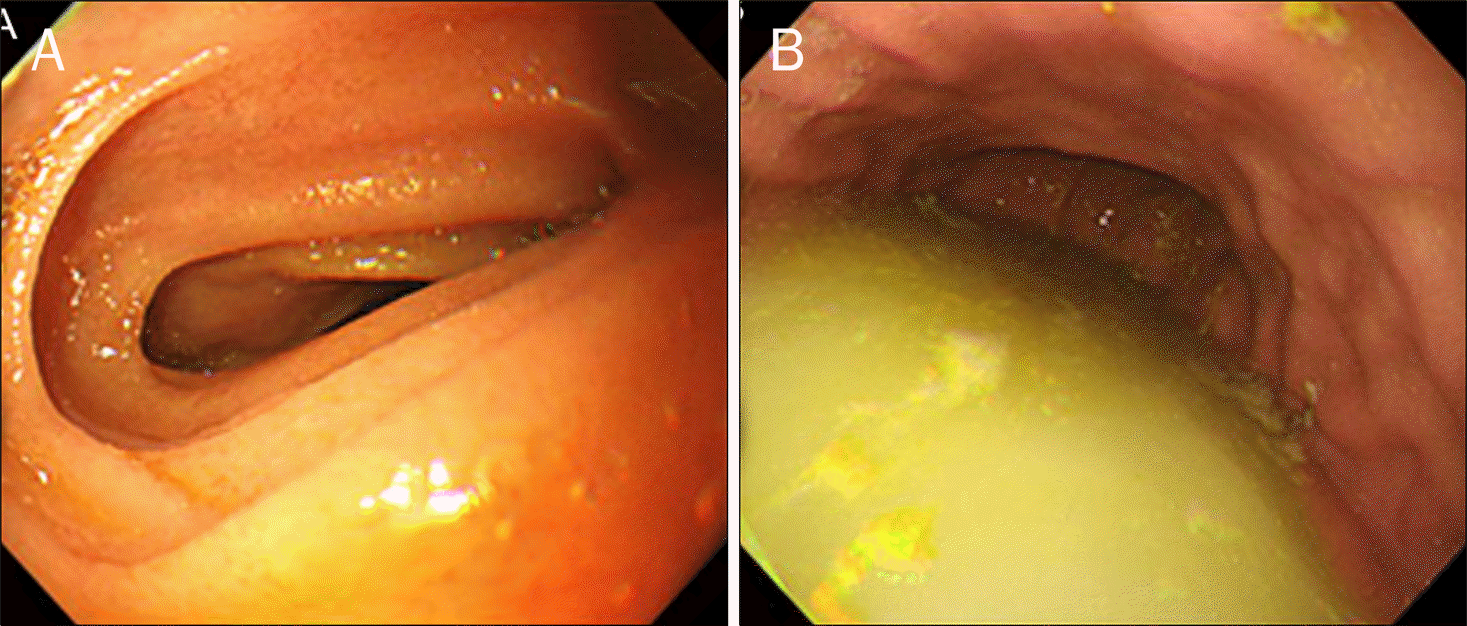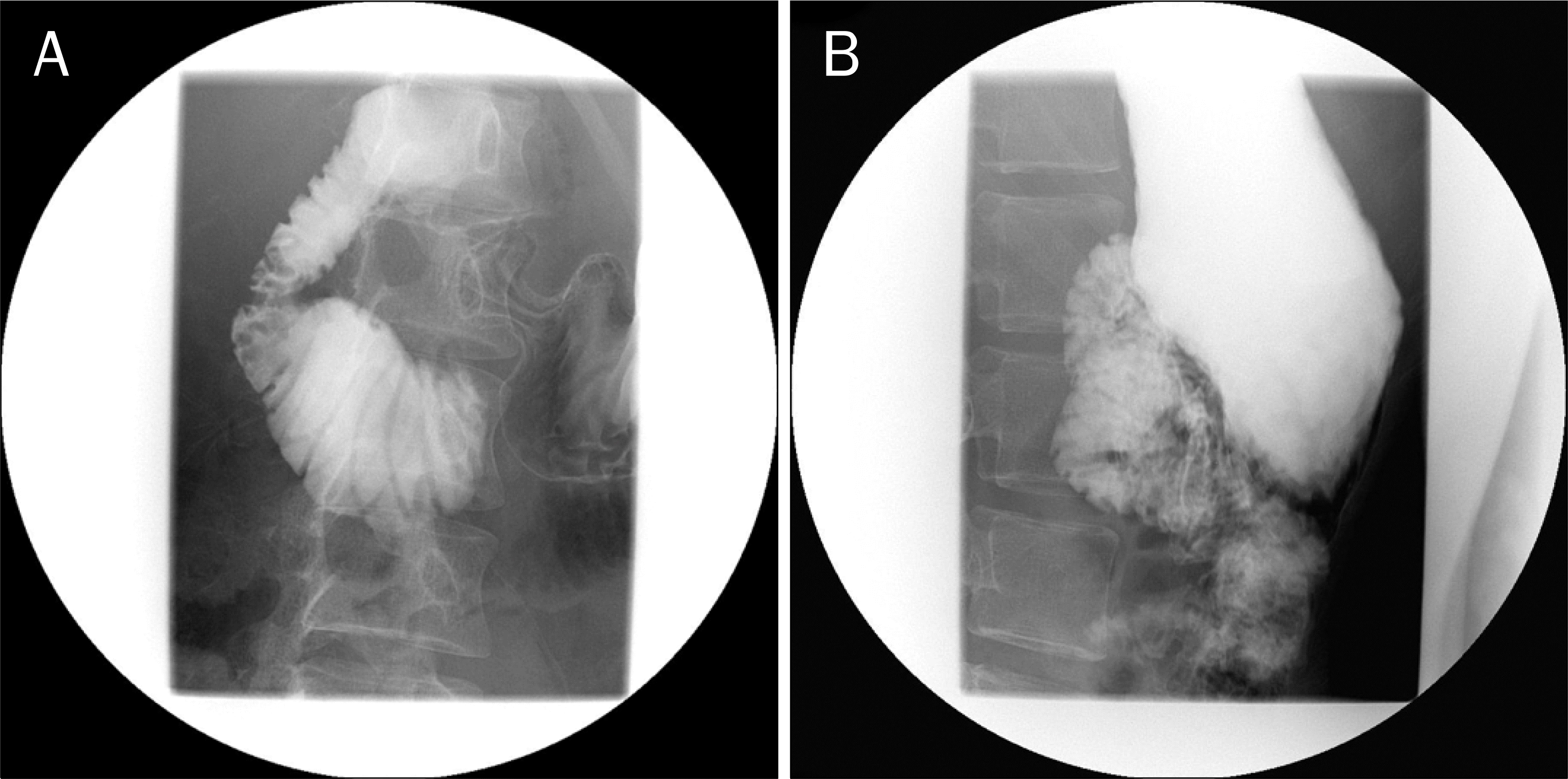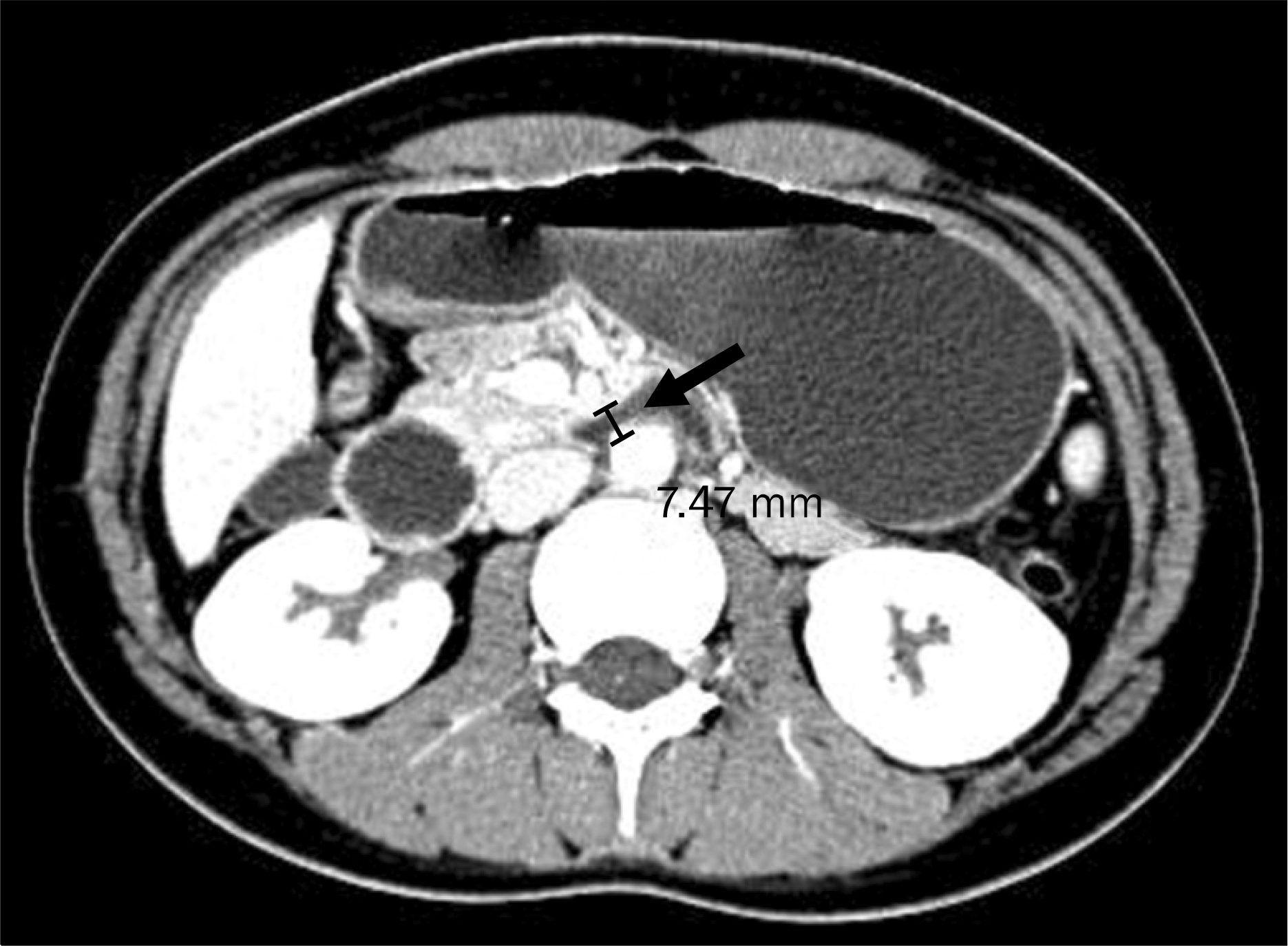Abstract
Superior mesenteric artery (SMA) syndrome is a rare disorder, characterized by compression of the third segment of the duodenum by the mesenteric artery at the level of the SMA, resulting in duodenal dilatation. Precipitating factors of the SMA syndrome include prolonged bed rest, weight loss, abdominal surgery, and increased lordosis of the spine. We report a case of SMA syndrome caused by anorexia nervosa in a 15-year-old adolescent girl. CT and an upper gastrointestinal contrast series revealed partial obstruction of the third portion of duodenum and decreased aortomesenteric distance. The patient's symptoms were successfully treated with total parental nutrition and psychiatric treatment including supportive, cognitive behavioral therapy and antidepressant medication. This case shows that SMA syndrome is an unusual gastrointestinal complication that may occur in patients with anorexia nervosa.
Go to : 
References
1. American Psychiatric Association. Diagnostic and statistical manual of mental disorders. 4th ed (text revision). Washington DC: American Psychiatric Association;2000.
2. Elbadaway MH. Chronic superior mesenteric artery syndrome in anorexia nervosa. Br J Psychiatry. 1992; 160:552–554.

3. Lee KN, Jung HY, Kim SY, et al. Two cases of superior mesenteric artery syndrome. Korean J Gastrointest Endosc. 1999; 19:823–828.
4. Wayne E, Miller RE, Eiseman B. Duodenal obstruction by the superior mesenteric artery in bedridden combat casualties. Ann Surg. 1971; 174:339–345.

5. Jones SA, Carter R, Smith LL, Joergenson EJ. Arteriomesenteric duodenal compression. Am J Surg. 1960; 100:262–277.

6. Jordaan GP, Muller A, Greeff M, Stein DJ. Eating disorder and superior mesenteric artery syndrome. J Am Acad Child Adolesc Psychiatry. 2000; 39:1211.

7. Szajnberg N. Eating disorder and superior mesenteric artery syndrome. J Am Acad Child Adolesc Psychiatry. 2001; 40:388–389.

8. Feldman M, Friedman LS, Sleisenger MH. Sleisenger & Fortran's gastrointestinal and liver disease. 7th ed.Philadelphia: WB Saunders;2002.
9. Hines JR, Gore RM, Ballantyne GH. Superior mesenteric artery syndrome. Diagnostic criteria and therapeutic approaches. Am J Surg. 1984; 148:630–632.
10. Akin JT Jr, Gray SW, Skandalakis JE. Vascular compression of the duodenum: presentation of ten cases and review of the literature. Surgery. 1976; 79:515–522.
11. Unal B, Aktaş A, Kemal G, et al. Superior mesenteric artery syndrome: CT and ultrasonography findings. Diagn Interv Radiol. 2005; 11:90–95.
12. Cha DH, Kim WH, Lee SI, Kang JK, Park IS, Choi HJ. Clinical study of 11 cases of the superior mesenteric artery syndrome. Korean J Gastroenterol. 1989; 21:554–560.
13. Moreno MA, Smith MS. Anorexia in a 14-year-old girl: why won't she eat? J Adolesc Health. 2006; 39:936–938.

14. Mehler PS, Weiner KL. Use of total parenteral nutrition in the refeeding of selected patients with severe anorexia nervosa. Int J Eat Disord. 2007; 40:285–287.

16. Couturier J, Lock J. A review of medication use for children and adolescents with eating disorders. J Can Acad Child Adolesc Psychiatry. 2007; 16:173–176.
Go to : 
 | Fig. 1.Endoscopic findings. (A) Partial obstruction of the third portion of duodenum was observed. (B) Bile lake was observed in the stomach. |
 | Fig. 2.Upper gastrointestinal contrast study findings. (A) It showed dilatation of the second portion of duodenum and blocked barium passage with a cut-off sign in the third portion of the duodenum. (B) It showed the improved passage after position change from supine to knee-chest position. |




 PDF
PDF ePub
ePub Citation
Citation Print
Print



 XML Download
XML Download